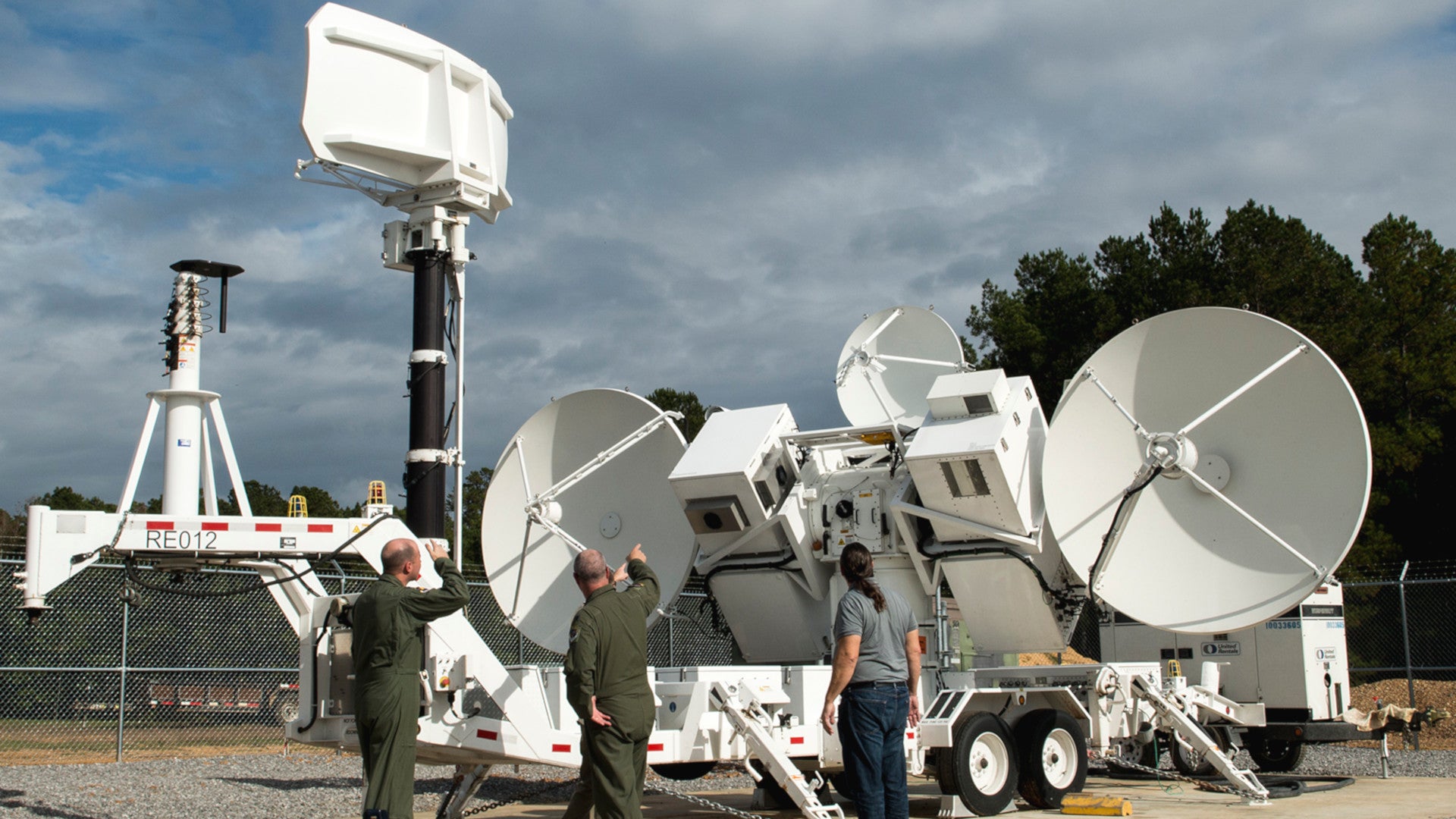The U.S. Air Force has handed Northrop Grumman a contract worth up to $450 million for more Joint Threat Emitters, or JTEs, over the next seven years. These systems have the ability to mimic the threatening emissions associated with a wide array of potential enemy air defense systems, adding valuable realism to aerial combat training.
The Pentagon first announced the deal in its daily contract announcements on Dec. 6, 2018. Under the indefinite quantity, indefinite delivery contract, the Air Force will be able to exercise various options and decide how many JTEs it wants to purchase in total over the first five years. The service asked for a dozen of the systems in its budget request for the 2019 Fiscal Year alone. At present, Northrop Grumman will be delivering the systems and related services through December 2025.
“Our Joint Threat Emitter systems enable aircrews to train in environments that match actual combat situations,” Rob Fleming, Vice President, Land and Avionics C4ISR, Northrop Grumman, said in a subsequent press release on Dec. 20, 2018. “These training systems are critical in preparing members of the military to respond to threats.”
U.S. military aircrews are facing an ever-growing and evolving array of surface-to-air missiles and associated radars and other tracking sensors, as well as electronic warfare systems. Potential “great power” adversaries, such as China and Russia, are hard at work on developing and fielding new threats, but less advanced systems that are still very threating are increasingly proliferating around the world. This is to say nothing of various non-state and quasi-state actors, some of whom have access to man-portable air-defense systems, or MANPADS, or have been able to craft improvised anti-aircraft missile systems.

The United States, as well as many of its allies, do have access to various actual examples of representative threats acquired through direct purchases or obtained via espionage or other indirect means. Just in September 2018, the U.S. Army took delivery of a Ukrainian 36D6M1-1 air defense radar, which is associated with certain variants of the Soviet-era S-300 surface-to-air missile system that remain in service around the world.
But actual foreign systems can be difficult to use and problematic to fix if they break. The U.S. military might not even be able to acknowledge that it has these systems on hand and so it might be reluctant to use them outside of specially designated high-security areas.
They’re few and far between, to begin with, and aren’t something you’d necessarily want to risk damaging by bringing it with you to an exercise in a remote location or another country or even use up in daily training. Full-scale replicas might be good for certain training tasks, such as practicing to find targets at night using various electro-optical and infrared sensors, but they can’t necessarily simulate an actual threat, which can present itself from many miles away.
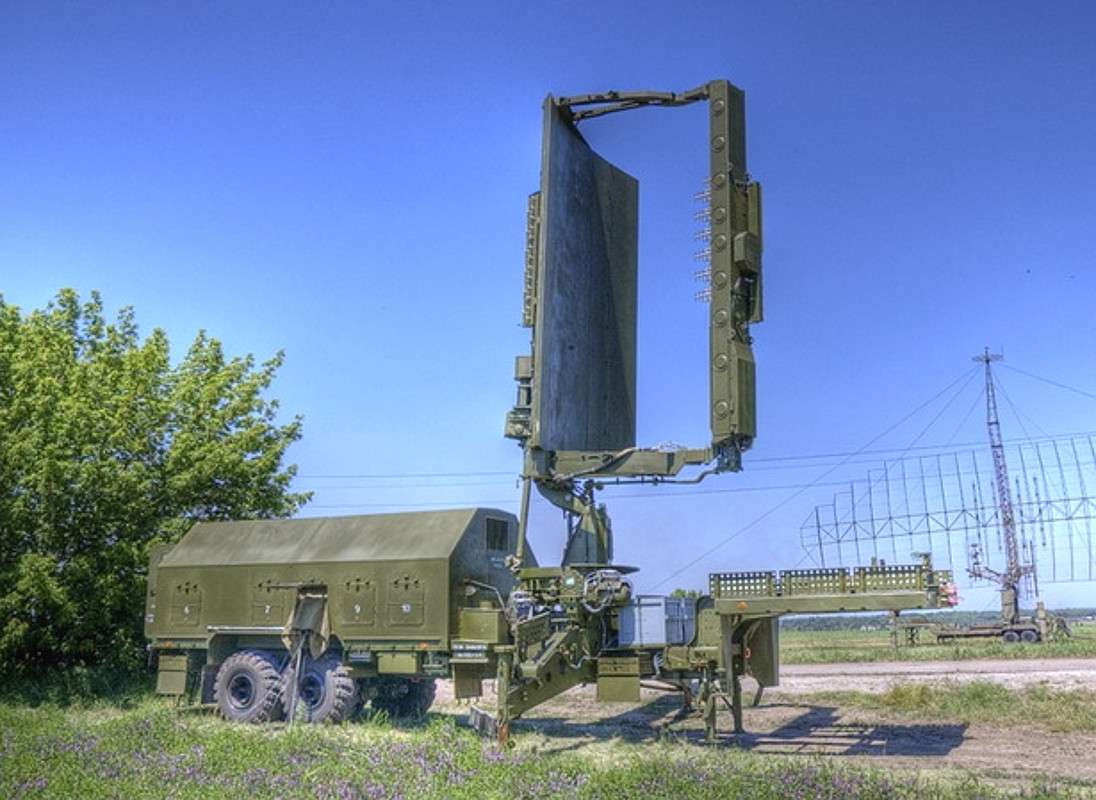
This is where the JTE comes into play. The system includes two, separate components, the Threat Emitter Unit (TEU) and a Command and Control Unit (C2U).
At present, the TEU, a trailer-mounted collection of dishes and other emitters, comes in two basic flavors. The standard model is a modular design that can accommodate a number of different emitter configurations to emulate various types of radar, electronic warfare, and other threats.
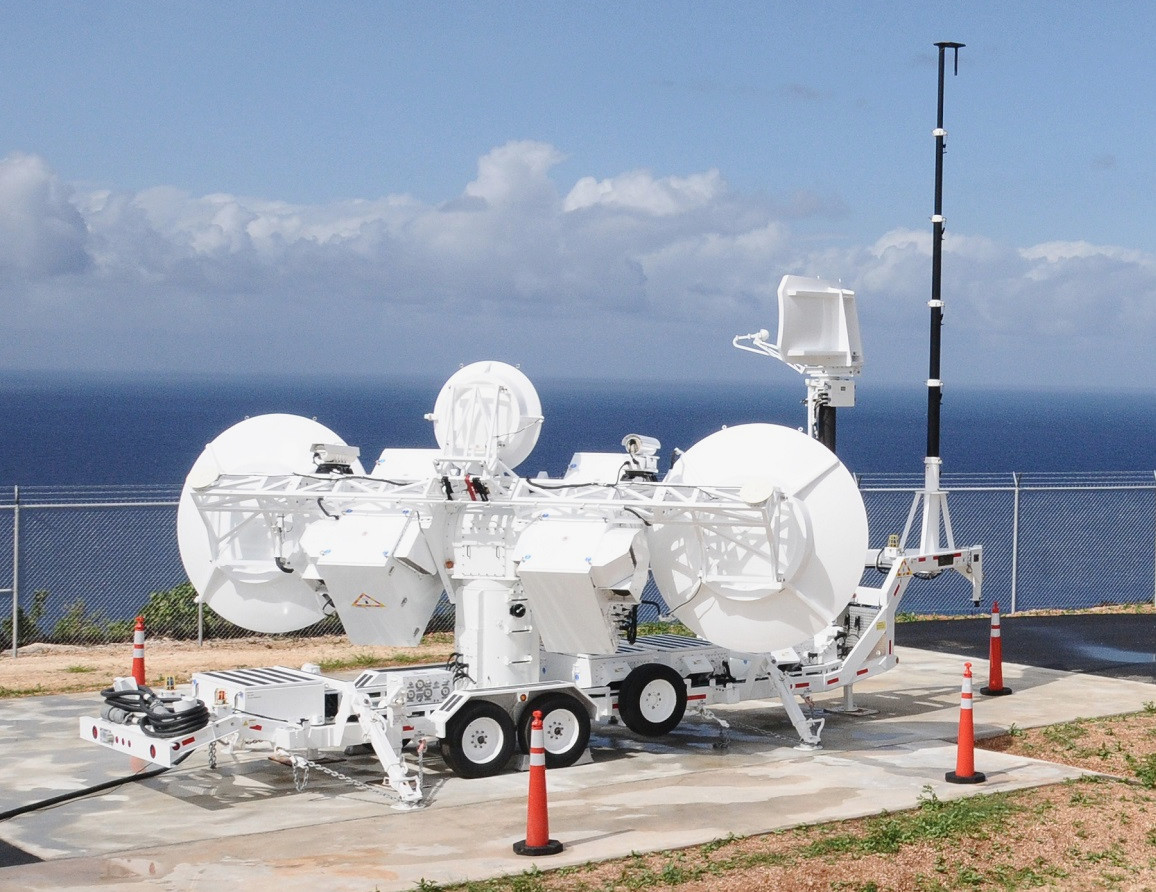
When running at full Effective Radiated Power (ERP), a standard TEU can pump out signals associated with up to six different air defense systems. There is also a wide-band kit, also known as the WTEU, which “emulates the EW [electronic warfare] threats across the spectrum needed by test and training ranges when less than full ERP is suitable,” according to Northrop Grumman’s website.
Each C2U, which comes in fixed and mobile, trailer-mounted types, can control the emissions from up 12 TEUs at once, allowing the system to mimic larger, integrated air defense networks with multiple tiers of threats. Linked together with the Air Combat Maneuvering Instrumentation (ACMI) system, the JTEs can simulate both long-range search and short-range fire control radars.
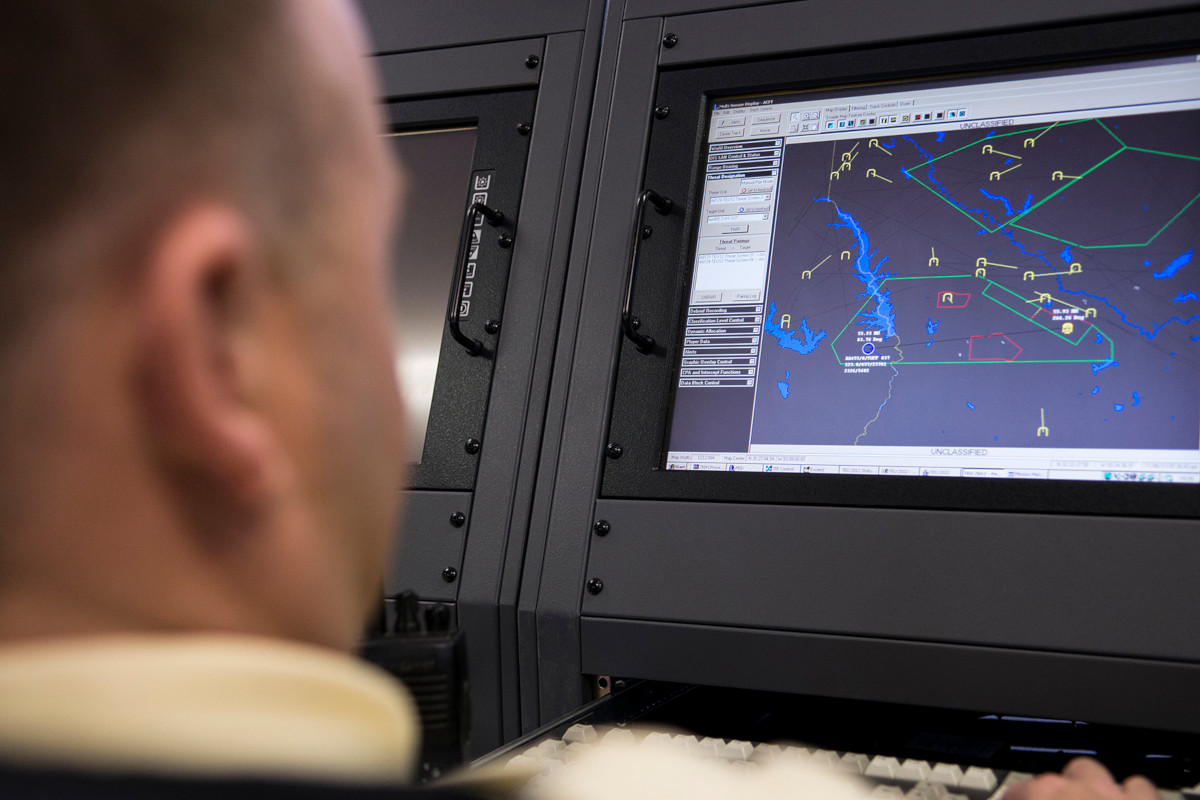
As such, the complete JTE systems provide for valuable “train-as-you-fight” opportunities for U.S. military aviators, especially units that are tasked with the suppression or destruction of enemy air defenses (SEAD/DEAD) and would be actively searching for and targeting hostile emitters during a real conflict. These would include the Air Force’s F-16CJ “Wild Weasel” multi-role combat jets and the Navy’s EA-18G Growler jamming aircraft, among others.
The JTEs don’t just pump out hostile signals, either. The system has the ability to respond to an aircraft’s own countermeasures and aerial combat maneuvering, mirroring enemy tactics, techniques, and procedures. It’s a great, low-cost way for aircrews to train with their onboard electronic warfare systems. Operators can pre-program the TEUs to function autonomously, too.
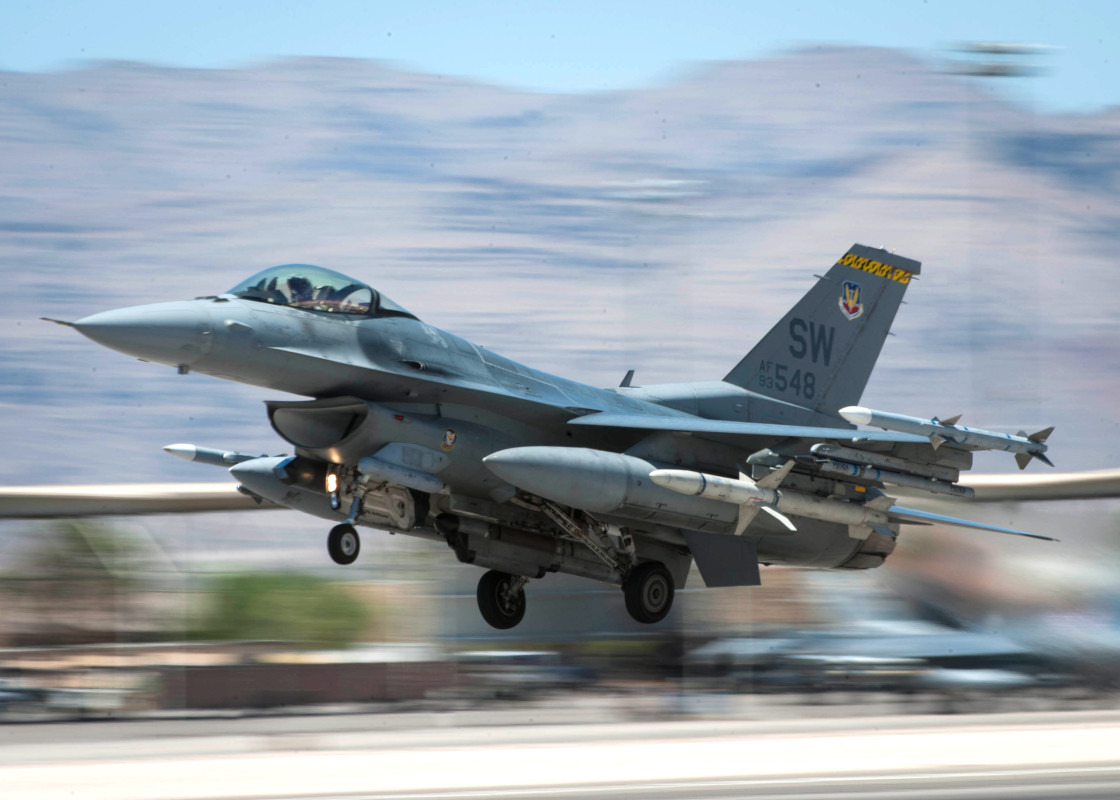
The TEUs also record high-fidelity video and electronic countermeasures signals from the targets they tracks, which can help crews better understand which of their tactics and maneuvers worked the best and why. In this way, the JTE also has the ability to support the development of new air combat tactics, techniques, and procedures and the testing and evaluation of new defensive countermeasures and electronic attack systems.
On top of that, the emitters are reprogrammable so that the Air Force and other operators can add in new threat profiles as they emerge in real life without necessarily having to buy all new systems. All of this comes in a package that’s relatively mobile and can be deployed to meet the training requirements of various units instead of necessarily requiring the use of a specialized range.
As of 2018, the Air Force and the Navy together had 19 TEUs, two WTEUs, 10 fixed C2Us, and two mobile C2Us, according to Air Force contracting documents. These have been deployed, either permanently or temporarily, to ranges in Alaska, Guam, Louisiana, Washington State, and Nevada. With more JTEs, the Air Force will be able to have them ready to go at more ranges or be able to pre-position additional mobile versions closer to potential exercise locations.

This means less time traveling and more time training, something that is immensely valuable for the U.S. military’s diverse combat and combat support aviation communities, which have been under increasing strain after years of constant combat operations, personnel shortages, and budget cuts. It also helps save money on fuel and other operating costs, since aircraft do not necessarily have to fly as far to train with this level of threat simulation.
The JTE’s portability means that the United States can also readily provide this capability during multi-national exercises overseas. They’ve made appearances at drills overseas in the Middle East and elsewhere, as well. The Air Force brought one of the systems to Exercise Pitch Black, Australia’s premier annual air combat exercise, earlier in the year.
There are 28 JTE systems in service in the U.S. and foreign militaries in total, according to Northrop Grumman. Many of these countries, such as Saudi Arabia, received the JTEs with assistance from the U.S. government. The December 2018 Air Force contract includes provision for sales of the emitters and related systems to existing and new foreign military sales customers, as well.

The demand from foreign air arms for their own JTEs should balloon in the coming years. While the system is very beneficial for many fourth-generation fighters, but for fifth-generation assets, namely the F-35 Joint Strike Fighter, it fulfills an essential requirement for squeezing the very most out of what is an expensive platform.
One of the F-35’s most prized secondary capabilities is its ability to soak up electromagnetic signals like a flying sponge, then classify and record those emissions for exploitation in real-time by the pilot and assets that his or her F-35 is data-linked too, as well as for intelligence gathering purposes after the mission. Virtual training on how to react to disparate electromagnetic threats can only provide limited fidelity.
With the JTE, emissions from the “enemy” appear as real in the cockpit. Pilots and their wingmen must decide whether to continue on their route as planned, avoid the threat by modifying their course, engage and eliminate the threat, or if the mission can even be completed at all. The mission objectives, available electronic warfare capabilities, weapons on board, fuel state, number of aircraft in a formation, other assets in the area, and so on all factor into these decisions. JTE presents a cost-effective and highly flexible way to train for these contingencies and to practice tactics that go along with them, in a very realistic manner.
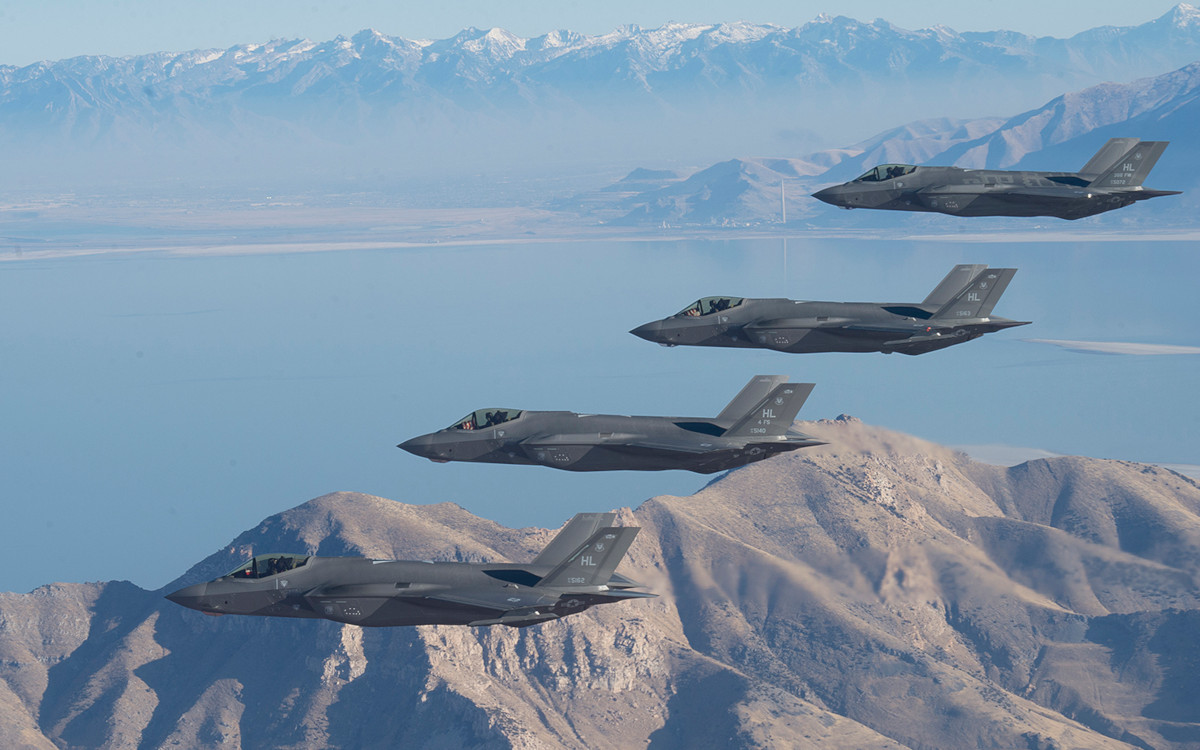
In addition, many countries that never had a high-end Wild Weasel (SEAD/DEAD) capability before are getting it as it since it is baked into their new F-35s. “Weaseling” is a very different art form than strike, counter-air, close air support, battlefield interdiction, or any other broad tactical air combat mission set. It takes a lot of practice to become proficient in it and the stakes are extremely high.
Weasels have to intimately know the limitations of the enemy’s systems and their own in order to walk the fine line between acceptable risk and a suicide run. Once again, this takes practice, lots of it, to learn how to work as a team to dismantle various threat types. And although the F-35 brings big advantages to the table—especially in terms of stealth, electronic warfare capabilities, and sensor fusion—it’s not invisible to radar, especially from certain aspects and when particular bandwidths are employed. All this has to be learned and applied in real-world training scenarios before any “weasel” becomes comfortable leveraging it in combat.

So in order for countries large and small to make the best of the F-35’s capabilities, JTEs, or other systems like it, are nearly essential tools of the trade. And considering how precious each hour of flight time will be on the F-35, getting the very most out of that time will be far more important than it has been in the past with less complex and costly fighter aircraft. As such, JTEs are investments that can be easily rationalized.
Private adversary support companies are stepping in to provide better air-to-air target saturation for fifth-generation fighter assets and to help save flight hours on high-end fighter types that would otherwise be used needlessly in their place, as well as saving money overall. In the same fashion, JTEs will also become a more popular, if not essential solution when it comes to providing challenging yet fiscally responsible training for fighter aircraft crews.
With all of the benefits that the JTEs offer to the U.S. military and its allies and partners, $450 million is a relatively modest investment to expand the capacity to provide realistic, tailorable threat emulation on an even more regular basis during aerial training exercises throughout the United States and around the world.
Contact the author: jtrevithickpr@gmail.com
